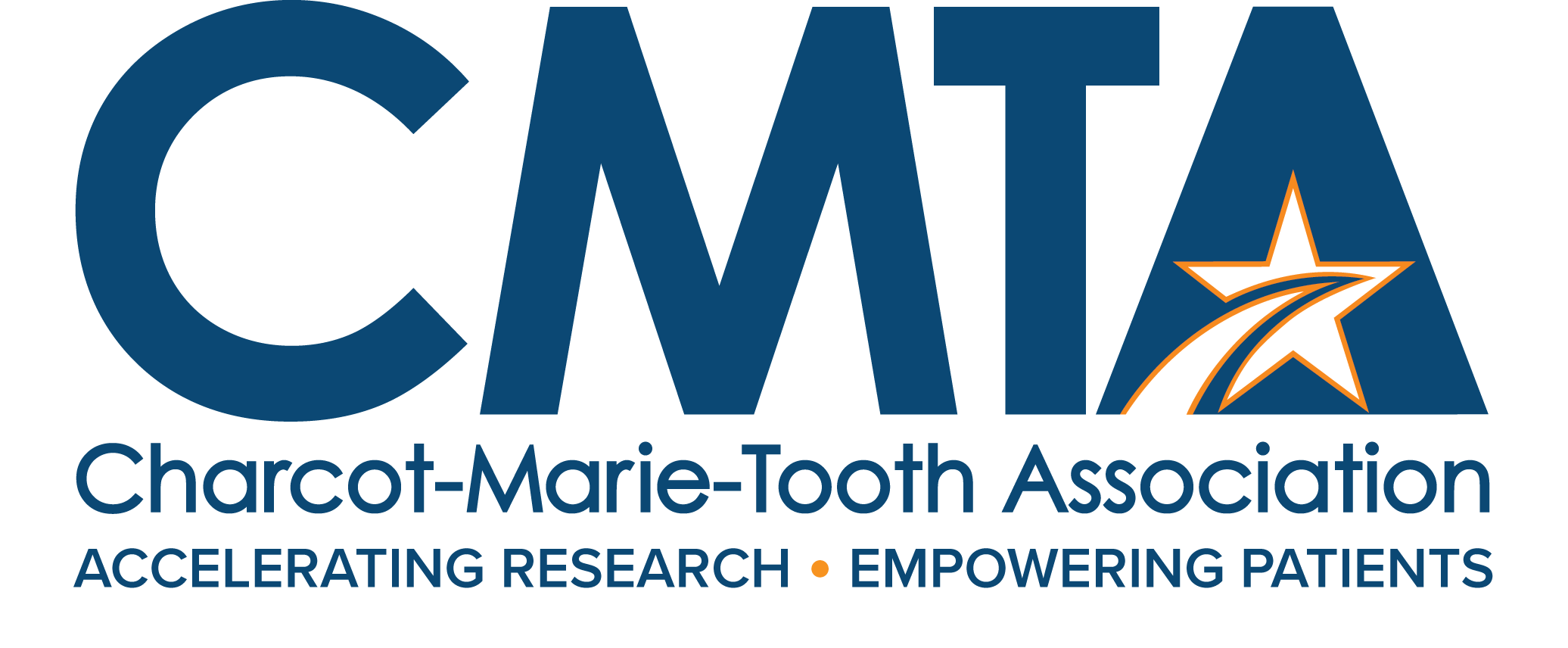CMT2E
CMT2E is caused by dominant mutations in the neurofilament light protein (NEFL) gene. Mutations in NEFL cause CMT2E. With support from the CMTA, one of the best mouse models of CMT2E, made by Dr. Ronald Liem at Columbia University, has been extensively characterized in collaboration with Dr. Steven Scherer at the University of Pennsylvania.
Both human and mouse stem cells containing CMT2E mutations have been differentiated into motor neurons and are being used in drug screens to identify therapies that prevent aggregations of neurofilaments seen in CMT2E. In addition, we are exploring several therapeutic approaches for treating CMT2E, including gene editing, and the use of small molecules including HDAC 6 inhibitors and drugs that target axon degeneration pathways (both mentioned above in CMT1B and CMT2A).
Below we share with you the research projects the CMTA is currently funding as well as a description of the remarkable STAR Biotech Alliance Partners with whom we collaborate to advance research for CMT.
View the projects currently active or recently completed in the CMT2E drug development pipeline.
PROJECT GOAL: ESTABLISHING GENE THERAPY STRATEGIES FOR CMT2E
Grant Amount: $256,036
Principal Investigators: Anthony Brown, PhD, Ohio State University; W. David Arnold, MD, Ohio State University; Arthur Burghes, PhD, Ohio State University; Kathrin Meyer, PhD, Ohio State University

The investigators will analyze the phenotype and genetic interactions of the null and missense CMT2E mutant alleles and explore gene therapy strategies for both recessive and dominant CMT2E.
PROJECT GOAL: REVERSAL OF NEUROFILAMENTOUS ACCUMULATIONS FOR CMT2E
Grant Amount: $96,803
Principal Investigator: Ronald Liem, PhD, Columbia University

Dr. Liem will screen for compounds that reduce the neurofilamentous swellings that have been observed in a mouse model for CMT2E with the Neff mutation.
HUMAN SCREENING PLATFORMS FOR DRUG DEVELOPMENT IN CMT2
Grant Amount: $220,000
Principal Investigator: Mario A. Saporta, MD, PhD, MBA, FAAN, University of Miami


Dr. Saporta will develop two novel systems to enable therapy development for CMT2E.
PROJECT GOAL: CREATE AND CHARACTERIZE A CMT2E MOUSE MODEL
Principal Investigator: Ronald Liem, PhD, Columbia University



The CMTA has established a unique capability to develop new therapies directly with companies and research labs, and to expertly test those potential therapy candidates. This allows a company or research lab interested in positioning a therapy for CMT to access the infrastructure needed to evaluate the therapy without committing significant time and money up front. The CMTA supported the creation and characterization of a best-in-class mouse model of CMT2E so we know when to test a drug or gene therapy, for how long and what signifiers of improvement need to be measured. We currently have six other animal models available and work with expert contract research organizations to engage to perform the testing under CMTA direction and our agreement structure lowers common barriers to entry such as confidentiality, retention of intellectual property and long-term financial commitment.
PROJECT GOAL: THERAPEUTIC INACTIVATION OF CMT2 DISEASE ALLELES WITH CRISPR
Grant Amount: $664,261
Principal Investigators: Luke Judge, MD, PhD, University of California-San Francisco; Bruce Conklin, MD, University of California-San Francisco


Drs. Judge and Conklin will optimize allele-specific CRISPR inactivation of dominant CMT2 mutations in vitro and determine whether in vivo delivery of disease-specific CRISPR reagents can prevent disease pathology in a rodent model of CMT2E.
PROJECT GOAL: MAINTAIN CMT2E MOUSE MODELS FOR PRECLINICAL TESTING
Project Cost: $24,000
Partner: PsychoGenics


The CMTA has established a unique capability to develop new therapies directly with companies and research labs, and to expertly test those potential therapy candidates. This allows a company or research lab interested in positioning a therapy for CMT to access the infrastructure needed to evaluate the therapy without committing significant time and money up front. The CMTA supported the creation and characterization of a best-in-class mouse model of CMT2E so we know when to test a drug or gene therapy, for how long and what signifiers of improvement need to be measured. We currently have six other animal models available and work with expert contract research organizations to engage to perform the testing under CMTA direction and our agreement structure lowers common barriers to entry such as confidentiality, retention of intellectual property and long-term financial commitment.
Confidential Partner D
Confidential Partner D is developing a novel biological approach to treat CMT and asked our help in evaluating their advanced drug candidate in both Type 1 (CMT1A) and Type 2 models. These studies have now finished and there is good data showing several effects on performance in a mouse model of CMT2E, and both performance and marker effects in a mouse model of CMT1A. The study has advanced to detailed investigation of the site of action of the drug in tissues from the experimental animals. Several additional pieces of work to be added to these studies are being discussed, as well as expansion to the CMT2A rat model. The company has recently approached the CMTA for help in arranging funding of these additional preclinical studies.
NEW YORK STEM CELL FOUNDATION
In addition to the validated CMT animal models, the CMTA and the New York Stem Cell Foundation (NYSCF) have put together a collection of patient-derived stem cell lines for CMTs, including CMT2E. These cell lines give companies the ability to test therapies on patients’ own genes, the first step to enabling a personalized medicine strategy.
Orthogonal Neuroscience
Through a Preclinical Testing Alliance, Orthogonal has gained access to the CMTA’s service research providers and preclinical testing network. The CMTA provided bespoke support around selection of appropriate models, design of the experiments, data interpretation and guidance regarding what future experimentswould be needed to take the project forward. The CMTA also made introductions to key clinicians and thought leaders tofacilitate future clinical trials in CMT patients. The CMTA Preclinical Testing Alliance facilitated ORT247 testsin CMT1A (demyelinating) and 2E (axonopathy) mouse modelsand the results show an improvement in several disease endpoints.
PSYCHOGENICS; CLEVELAND CLINIC; CHARLES RIVER
The CMTA has established a unique capability to develop new therapies directly with companies and to expertly test those potential therapy candidates. This allows a company interested in positioning a therapy for CMT to access the infrastructure needed to evaluate the therapy without committing significant time and money up front. The CMTA has acquired and characterized best-in-class animal models of CMT2E so we know when to test a drug, for how long and what signifiers of improvement need to be measured. Currently, six models are well characterized and available, representing four different types of CMT. Expert contract research organizations have been engaged to perform the testing under CMTA direction and our agreement structure lowers common barriers to entry such as confidentiality, retention of intellectual property and long-term financial commitment.
Read about the Patients as Partners in Research Initiative ⟶





